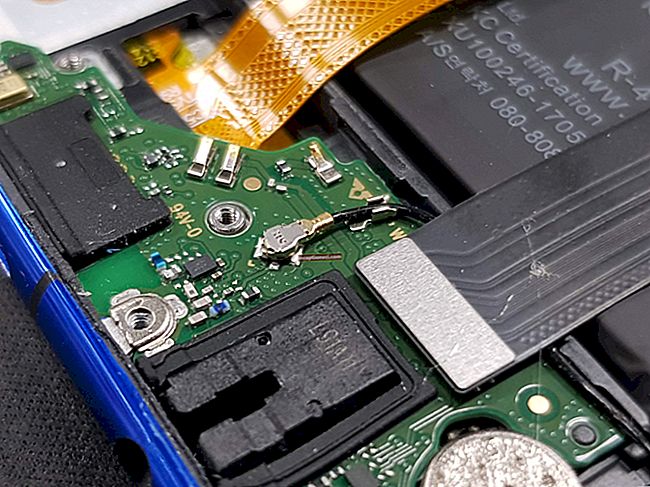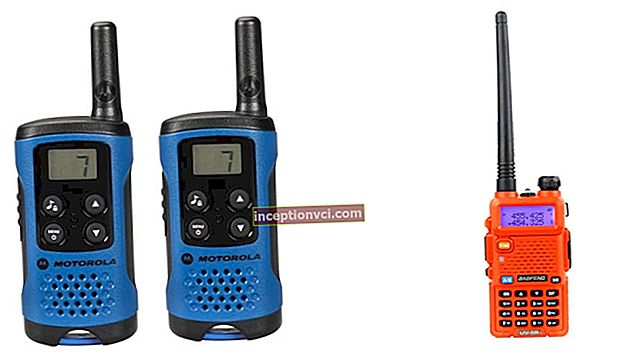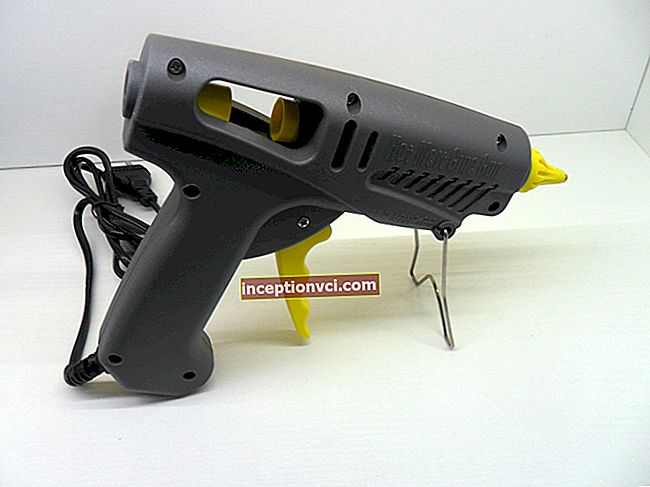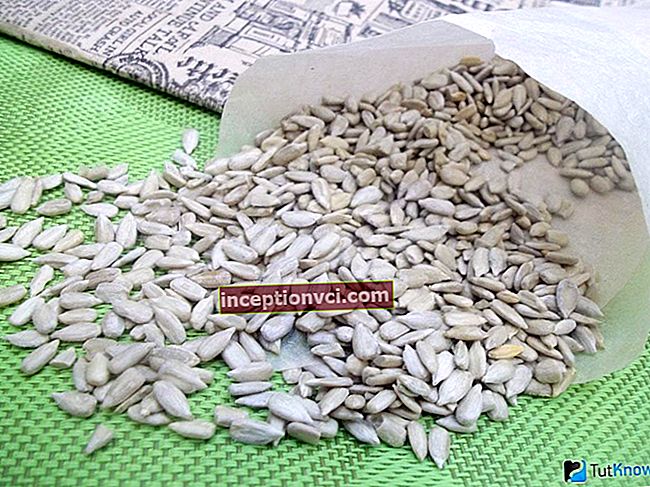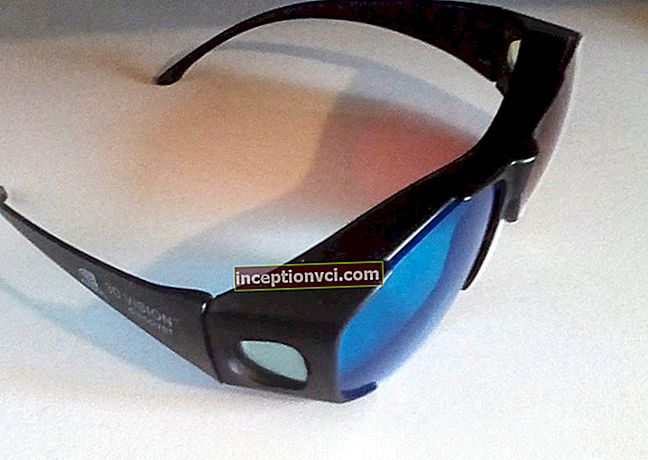Sapphire has long been the exclusive partner of ATI / AMD. All graphics cards manufactured by Sapphire use graphics processors from ATI / AMD. After the release of a new line of video cards from AMD, Sapphire has updated its lineup in the shortest possible time. In this review, we will consider and test the Sapphire Radeon R9 280X Toxic video card. It uses the Thaiti XT graphics processor familiar from HD7970 video cards. The main characteristics of the video card.

Packaging and delivery set
The video card comes in a large cardboard box, decorated in black with bright orange accents.

The front panel features an image of a futuristic robot. Nearby is the slogan "Never stop evolving", which can be literally translated as "Never stop evolving." At the bottom of the front panel there are a number of shortcuts that inform you about the distinctive features of the video adapter. Most of the labels report standard features common to all R9 280X models. Therefore, they are not that interesting to the user. From the whole series, one can distinguish the labels "OC" and "Tri-X", which inform about the presence of the factory overclocked video adapter and the use of a proprietary cooling system.
On the back of the packing box is a brief description of the cooling system.

The delivery set of the video card turned out to be quite rich. In addition to the standard set consisting of paper documentation, a disk with drivers and utilities, and adapters for additional power and video interfaces, the delivery set includes two flexible CrossFireX bridges and a 1.8 m HDMI cable.

Adapter design and construction

The video card is equipped with a proprietary Tri-X cooling system. The casing of the cooling system is made in black and orange colors. A total of three fans are used in the cooling system. The side fans have a diameter of 100 mm, and the central one is 70 mm.

Two radiators made of aluminum fins are hidden under the casing.

The heatsinks are cut along their entire length by five heat pipes that are located along the PCB. Heat pipes with a diameter of 6 mm to 10 mm are used. The heat pipe with a diameter of 10 mm is located in the middle.


The contact between the cooling system and the GPU is made through a copper base. Heat pipes are not protected from oxidation by the nickel layer, which over time can affect the efficiency of the system.

A metal frame is located along the perimeter of the base, which serves as a heatsink for video memory chips. On the reverse side of the printed circuit board, there is another element of the cooling system - a metal plate.

The plate is painted in black and gray and bears the Sapphire inscription. It protects the PCB from bending and acts as a heat sink for the elements of the power subsystem.

Two additional radiators for the power subsystem are hidden under the main radiator. They are two small plates with fins to increase the heat transfer area. Radiators are installed on the power elements of the power supply subsystem.

The overall dimensions of the video card with the Tri-X system are (L x W x H, mm) 308 x 113 x 41. On the side panel of the cooling system casing there is an inscription “SAPPHIRE” with yellow LED backlighting.
Printed circuit board

The PCB layout is custom designed. The power supply subsystem consists of 10 phases, which are divided into two groups. The first group of 8 phases is located at the back of the PCB and is used to power the GPU.

The second group of 2 phases is located closer to the video outputs and feeds the video memory.

Additional power to the video card is supplied through two 8-pin connectors. The power subsystem uses high quality components. In particular, field-effect transistors in metal cases and Black Diamond double-sided chokes are used.The use of these components improves reliability and lowers the temperature of the power supply system. The CHiL CHL8228G controller controls the power phases of the GPU.

A number of contact pads are located near the elements of the power supply subsystem under the transparent plastic plate. The pads are used to measure voltages, and they can only be reached after removing the cooling system.

After factory overclocking, the nominal frequencies of the video card are 1150 MHz for the GPU in Boost mode and 6400 MHz for the video memory chips. SK Hynix H5GQ2H24AFR-R0C microcircuits are used as video memory. For the possibility of organizing a CrossFireX array, the video card has two special connectors. Thus, the user has the opportunity to assemble an array of four video adapters. Next to the CrossFireX connectors are a BIOS toggle button and a row of LEDs.

The video card is equipped with two BIOS versions: one is Legacy and the other is UEFI. A number of LEDs clearly display the temperature of the PCB, which is very important when overclocking a video card. To connect a monitor, the video card is equipped with the following interfaces: Dual-Link DVI-I, Single-Link DVI-D, HDMI (with 3D support), two Mini-DisplayPort.

Testing
When testing the video card in nominal mode, the maximum temperature of the GPU was 69 degrees. The fan speed was 3300 rpm. When setting the maximum fan speed (3800 rpm), the temperature of the video card dropped to 63 degrees. The video card was overclocked to 1240 MHz for the graphics processor and up to 6640 MHz for the video memory. The result of overclocking the GPU is very good, but the video memory is working almost at its limit. Its nominal frequency was only increased by 240 MHz.
Now with regard to energy consumption.
The nominal power of the power supply for a system with one Radeon R9 280X Toxic video card must be at least 700 W. These requirements were set by the SAPPHIRE company.
The consumption of the video card in gaming applications is approaching the 300 W mark, and this is in the nominal mode. Yes, this is really a lot, nevertheless, I believe that a power supply with a rated power of 600 W will be enough for a system with such a video card, provided there is no overclocking of the components.
Now let's test the video card in gaming applications.
The video card passed gaming tests as part of the following system
Central processor Intel Core i5-4440 3100 MHz;
Gigabyte GA-Z87X-UD4H s1150 ATX motherboard;
RAM modules Patriot DDR3 2x8192 Mb PC3-12800 1600 MHz;
Toshiba 512Gb SSD 2.5 "SATAIII Hard Drive
FSP Epsilon 80PLUS 1010W Power Supply
Case AeroCool PGS XPREDATOR X3 Evile White
Monitor iiyama ProLite XB2776QS-B
Tested at 1920 x 1080 pixels and 2560 x 1440 pixels.
To assess the level of performance, video cards were taken:
Nvidia GeForce GTX 780 3GB (processor frequency - 863 MHz, video memory - 6008 MHz);
Nvidia GeForce GTX TITAN (processor frequency - 836 MHz, video memory - 6008 MHz);
AMD Radeon R9 290X 4GB (processor frequency - 1000 MHz, video memory - 5000 MHz);
AMD Radeon R9 290 4GB (processor frequency - 947 MHz, video memory - 5000 MHz).

conclusions
Before us is a powerful graphics adapter with a bright and memorable design. The performance of the Sapphire Radeon R9 280X Toxic is quite enough for all modern games with high graphics quality settings. The main disadvantages of this graphics adapter are its large dimensions and very high power consumption. When assembling a system with such a video card, the user must take care of good ventilation of the system unit and the availability of a high-quality power supply. This video card can be recommended for gamers and overclockers.


